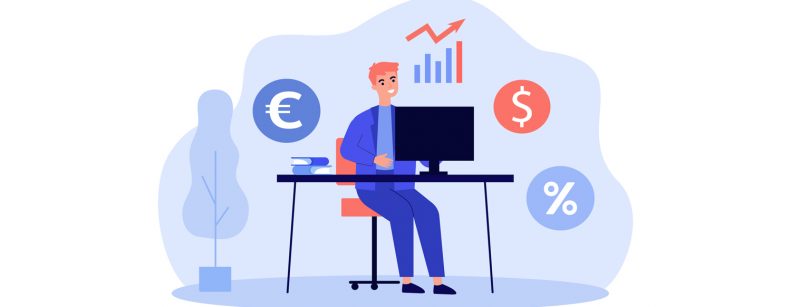
Do you remember that some time ago we talked about the debate that existed around the activity figures? On that occasion, we reviewed that, while the year-on-year figures were negative, the speed figures showed a positive behavior, which was used as an argument to estimate that the worst was over. However, our analysis differed somewhat, especially due to statistical factors that muddied the numbers.
With the publication of the Imacec for May, things are starting to look up. The year-on-year fall of 2.0% became the worst of the year (so far), showing that the weakness of activity is still very much in force. Admittedly, an important part of the month's bad data has to do with the volatile performance of mining, but looking at the non-mining Imacec series, things are not much better.
Looking at the speed of growth, we realize that our previous estimate was correct: in May (or June at the latest), this indicator would no longer be positive. The explanation is the same one that made it reach almost 3% annualized t/t: the extremely positive January figure. When this month was part of the rolling month under analysis, everything was wonderful; however, when it now became the basis for comparison, things changed radically. The -0.6% q/q now does not do much to justify a recovery, even more so when the year-on-year variation, the seasonally adjusted monthly variation and the growth rate are all negative.
However, to be fair, we don't think we were recovering as much 3 months ago as we don't think we are getting worse now. We are not better or worse, but we are stagnating. It is possible that the June figure could be even worse than May, and this won't necessarily mean an underlying worsening either. The issue here is that it is difficult to find stories that will allow us to recompose this situation. The imminent start of the rate cut cycle by the Central Bank could be used as such, but monetary policy is acting with a lag and it is difficult to rely on that to paint a better second half of the year.
All in all, we believe that expectations will continue to move in the negative part of the range for 2023 growth, which in our scenario is -0.5%. Now, for 2024, we also do not see many drivers beyond countercyclical policies and base-line benefits, which would lead to a GDP increase of only 1.8%.